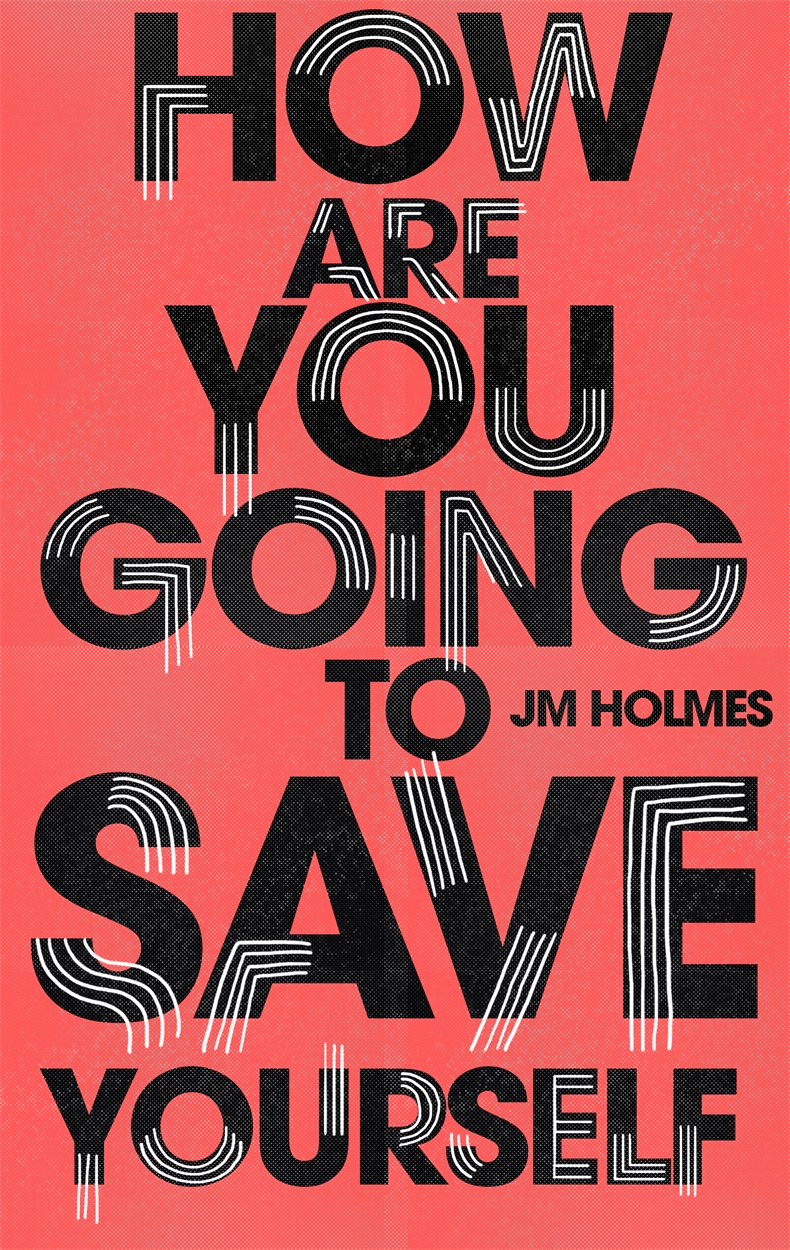

The very last line of dialogue goes, “Say it!” It may not seem like much on the surface. The book ends by mirroring the first story’s shocking reveal, only with a grim twist. It’s by simply pushing us to listen to human beings. Holmes’ contribution is to not unpack these themes theoretically, or even via plot. More significantly, it’s a book about trauma and socialization and, as is quoted early in the book, James Baldwin’s “Trap of History” - the shackles of the past. To say this book is about race in America is to state the obvious. But the message sings throughout, and the final blow Holmes delivers is inescapably staggering. If not overwhelming, How Are You Going to Save Yourself is certainly tough, entrusting its players’ words (and, perhaps more importantly, lack thereof) to communicate what their actions cannot.

There’s a lot of bad behavior for the reader to consider, bleakness to spare. Their dance of walking and talking simultaneously evokes their long history and their feeling out of step, with the melody lost. “Everything Is Flammable” is less harrowing, more somber, as narrator Gio reconsiders his friendship with Rye, a hotshot firefighter dealing drugs on the side. The stunning entrant “Be Good to Me,” for instance, sets up a dreamy new romance and draws, through discomfiting interactions, the fine lines between sex and power, agency and victimhood, before capping things on a devastating note. Holmes’ literary musicality shines in that way. Holmes’ uncanny ear is so delicately rendered that the book not only bursts with life during each back-and-forth, but it evolves, steeped as it is in the rhythms of family squabbles and serious discussions and, most centrally, friends shooting the s-t.

But dialogue is the engine, the power, of How Are You Going to Save Yourself. Particularly in coming-of-age fiction, dialogue can be a liability quips can mask nuance, and realism is aspired to far more often than it’s reached.


 0 kommentar(er)
0 kommentar(er)
